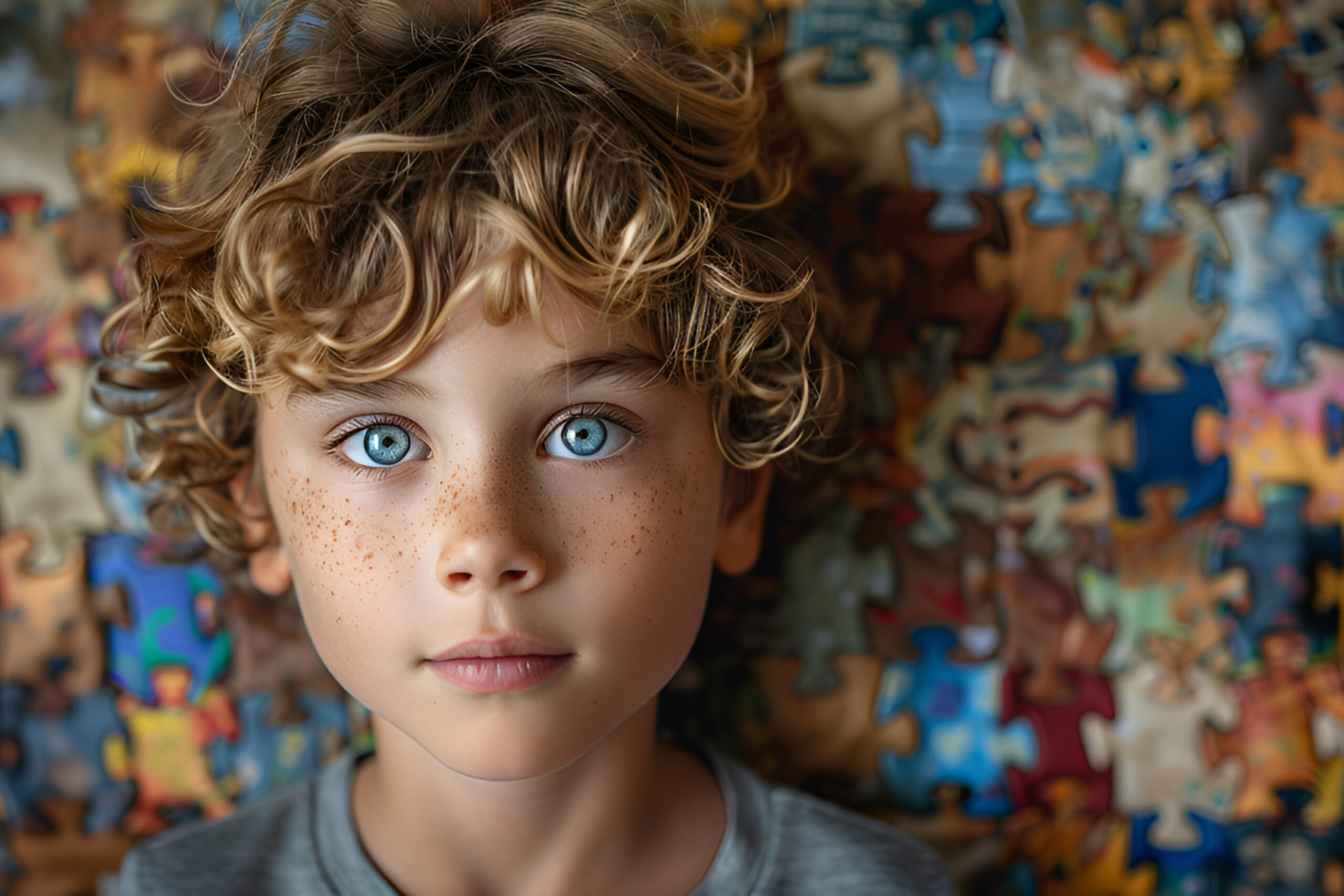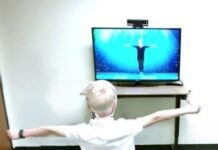
One of the first questions people ask me when they find out that I have “invisible” or “hidden” disabilities is, “What does that mean?” And my answer used to be framed through my experiences with pain. I’m a late-diagnosed autistic person with hypermobile Ehlers-Danlos syndrome (hEDS), Postural Orthostatic Tachycardia syndrome (POTS), Mast Cell Activation syndrome (MCAS) and night-blindness, and I experience hyperphantasia. I’d talk about how these conditions are commonly comorbid and how they relate to each other—about how there are internal conditions, physical, mental and otherwise, that you can’t see just by looking at someone. I’d liken myself to someone who needed a wheelchair (sometimes, I do) that people mistake for typically abled. I’d talk about the long and painful road it was to get the help I needed and the continued lack of awareness of conditions like mine.
My life was hard. At 5 years old, I broke a bone in my head and couldn’t communicate that effectively until I was 40. Throughout my childhood, my hair was falling out, my skin was melting off and I bent myself into every shape I could muster as entertainment for my friends. I didn’t feel it at the time, but I was unknowingly damaging my joints. My parents couldn’t understand my aversion to fireworks, my meltdowns, my texture sensitivities to food. I ran into a lot of things in the dark, and people didn’t believe me when I said I couldn’t see until I injured myself—and sometimes, not even then. “Your eyes will adjust.” They never did; I only have 10% of my retina from a mutation at the SLC24a1.

So, when I sat down to write “Eliza Dee’s Universes,” a story for my children, and it came time to write the story’s character, I read the advice, “Write what you know,” and thought, ‘What do I know?’ and my heart sank.
‘She has to go through all of that?’ The thought was bone-crushing.
How do I write a story that’s about what I know and also for children? And what story do I want children to read about a character like me?
That’s when my views on hidden disabilities started to change.
I began to reparent myself as I raised Eliza in my mind as a child born with my conditions.
From birth, her parents would have known there was a 50/50 chance of her developing EDS; one of them had it. Her parents would have learned her MCAS triggers early and avoided them. They would have protected her joints from over-extending, knowing that there are long-term effects to youthful joint-related party tricks. They would have helped her to sit or walk rather than make her stand in lines, knowing her POTS would make her blood pool in her lower body, depriving her brain of oxygen. Her parents would have been her advocates, along with the other adults in her life, because her conditions would have been known.
But even with every accommodation, she still would have hidden disabilities. hEDS comes with a permanent impairment in proprioception—the sense of where you are in space.
There are musculoskeletal manifestations that require physical therapy. With night-blindness, you’re at risk of tripping and falling when in motion in the dark. With autism, there are a host of traits, special interests, communication deficits and “too much” or “too little” of many qualities. With hyperphantasia, there’s a “cinematic experience” of memories and imagination. Eliza would still have to contend with many differences from her peers.
And how much of her life and time would be affected by that? Every single moment. To the point that she wouldn’t even think about it; she’d just be living that way.

As I sat with the story and character, I started to understand that once your hidden disabilities are accommodated, you still live your life differently than others. I also came to understand that for every moment in life you’re doing things differently, you’re developing other skills, many of which cannot be seen. In representing people like me, with a disconnection from their body, a vivid imagination and female phenotype autistic traits, I found the story I wanted to tell—a story of the hidden abilities we develop in place of the things we cannot do. Eliza’s story is that of a child with a powerful imagination, a child who can teach others about how to think outside of the box while still living every moment with her conditions.
Before I wrote the book, I saw hidden disabilities only through a negative and painful lens, but through Eliza, I was able to reflect on what my life would have been like if I had the support I needed to thrive. I was able to focus on the aspects of the conditions I still would’ve faced and the talents that come from spending moments of your life doing things differently. Now, when asked, “What does that mean?” about my hidden disabilities, I talk about the surprising strengths that come from living your life in your own unique way.
Visit rebeccavitsmun.com for a guide to the disabilities shared in Eliza’s tale, plus additional resources.








